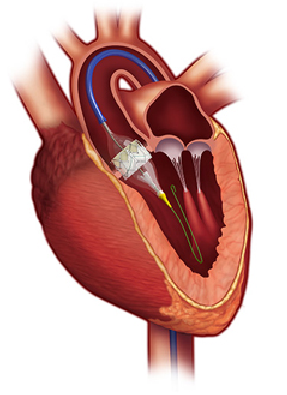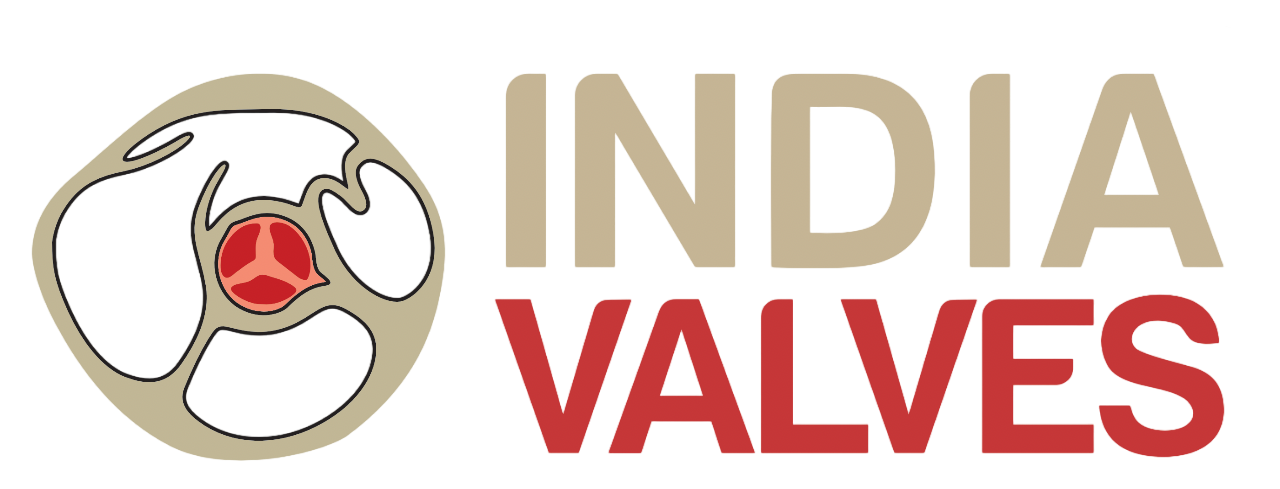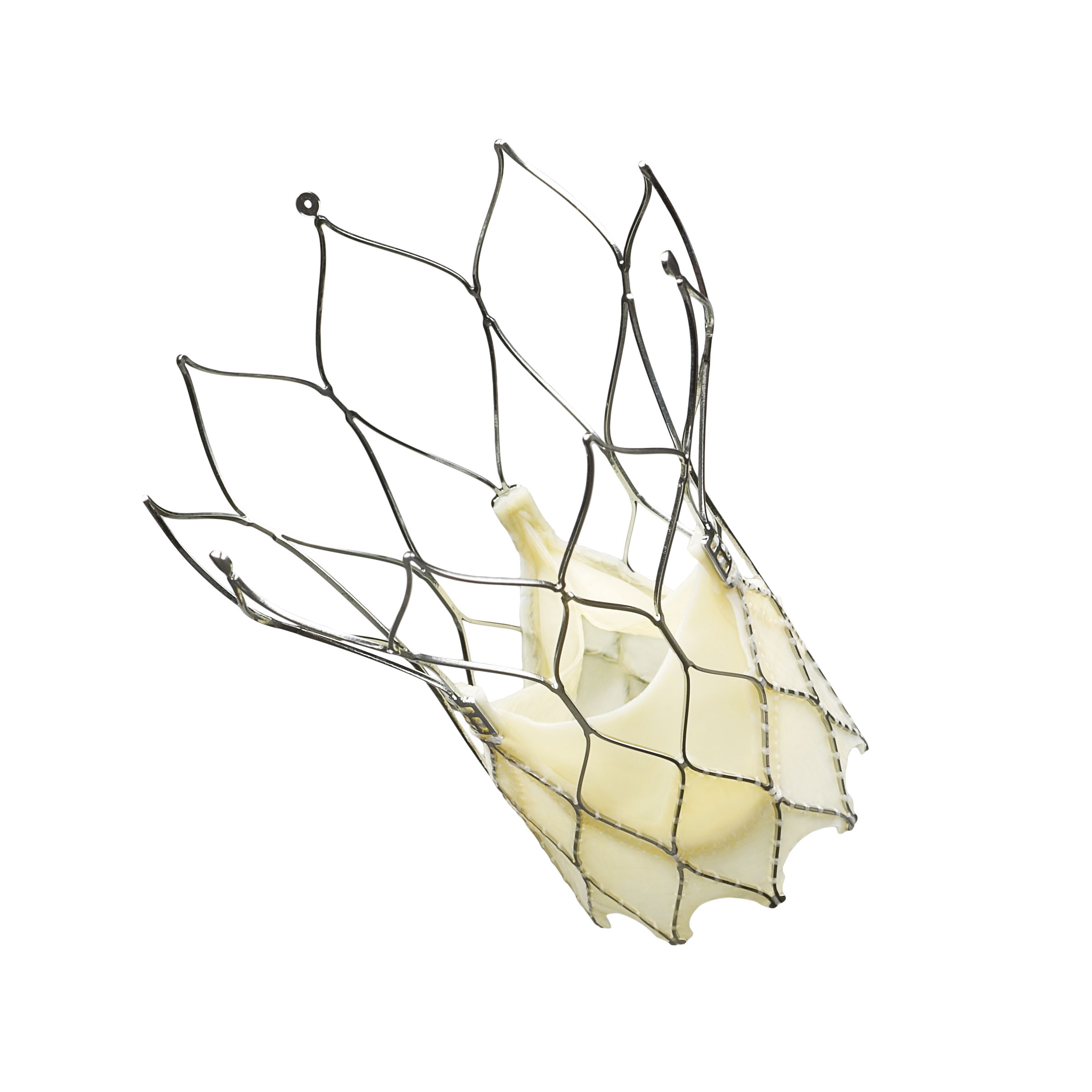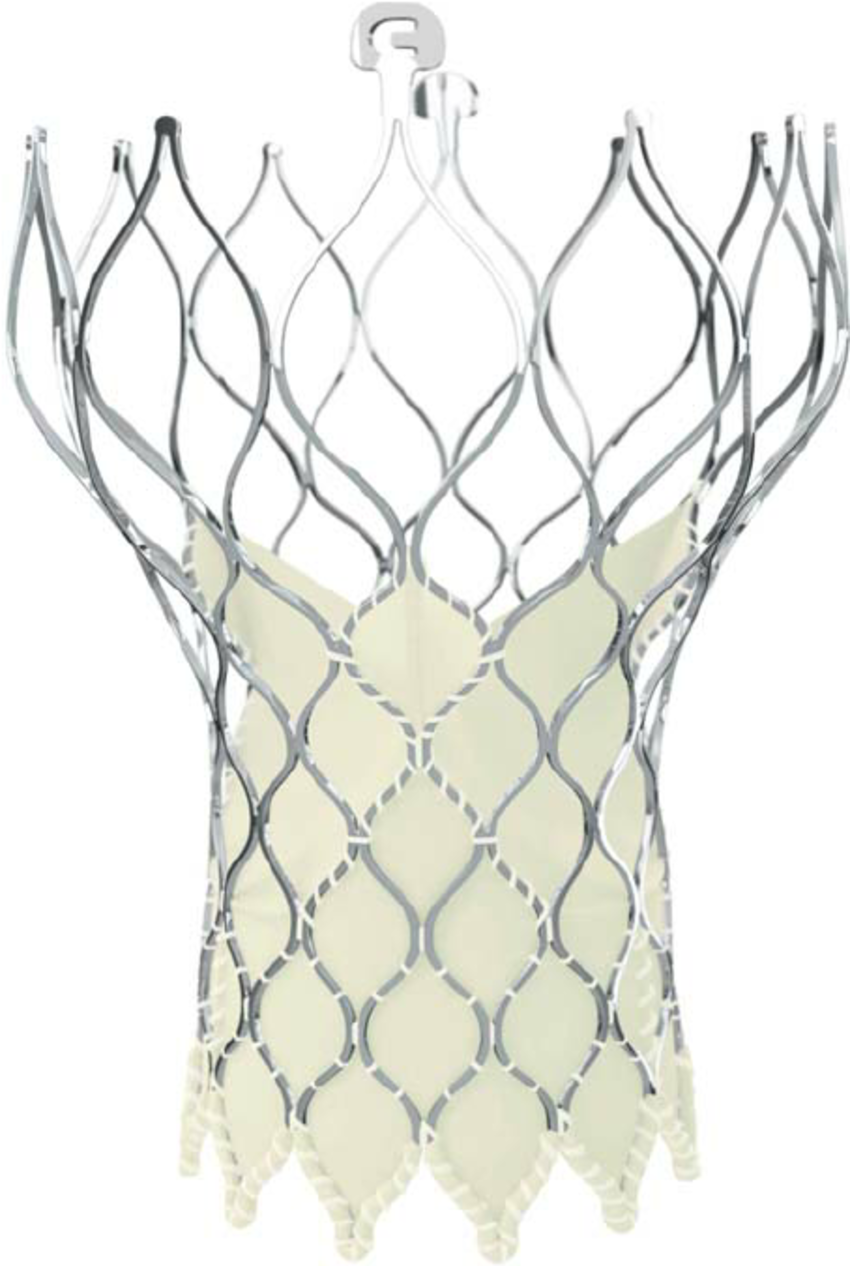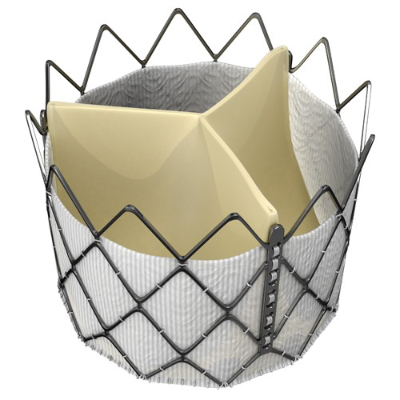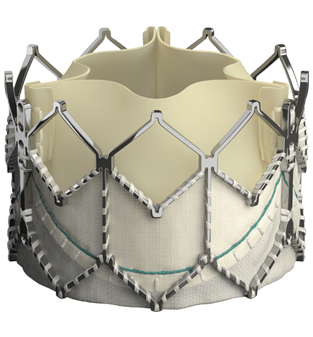The heart is a muscular organ that pumps blood to the entire body. This specialised pump has vital parts which include has its own blood vessels, its own electrical wiring system, the heart muscle and valves. Disease affecting any of its vital part can lead to heart dysfunction leading to symptoms
The heart has four valves within it namely Aortic Valve, Mitral Valve, Tricuspid Valve and Pulmonary Valve.
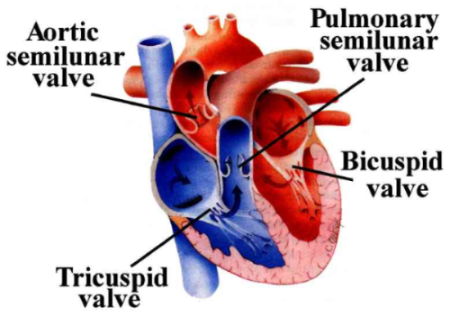
Two valves control flow through the heart and two control flow out of heart. The valves function like one way doors keeping the blood flowing in one direction
There are two general types of heart valve disease. These are caused by a narrowing of the heart valve and leakage through the valve.

Aortic Stenosis
The aortic valve is the main valve through which the heart has to push blood out to the rest of the body. Aortic stenosis refers to narrowing of the aortic valve and the valve does not open as well as it should. There a several causes for aortic stenosis. One of the commonest case is age related degeneration of the valve. Other causes include abnormal valve structure from birth referred to as bicuspid aortic valve, abnormal deposition of calcium and infection. There are several degrees of narrowing of the aortic valve. The natural progression of aortic stenosis is that it progresses over many years but the rate of progression is variable. Mild and moderate Aortic stenosis rarely causes symptoms and rarely need treatment. Only when it becomes severe, it causes symptoms and your doctor will recommend treatment. The main stay of treatment of aortic stenosis has been surgical aortic valve replacement. This is a form of open heart surgery which involves replacing the old valve by an artificial valve. However Aortic stenosis if predominantly a disease of the elderly and not all patients at that age are fit enough to undergo open heart surgery.
Until over a decade ago, elderly patients who needed aortic valve replacement but are too old or frail or who are not fit enough to undergo open heart surgery for other reasons had no options other than to put up with their symptoms and manage with medications. These patients eventually died because of their aortic stenosis as there are no medicines to cure aortic stenosis nor do they decrease progression of aortic stenosis. However over the last decade, the aortic valve in such elderly and high risk patients can be replaced without open heart surgery and this is referred to as Transcatheter Aortic Valve Implantation (TAVI) or Transcatheter Aortic Valve Replacement (TAVR)
Tests for Heart Valve disease
Types of TAVR procedures
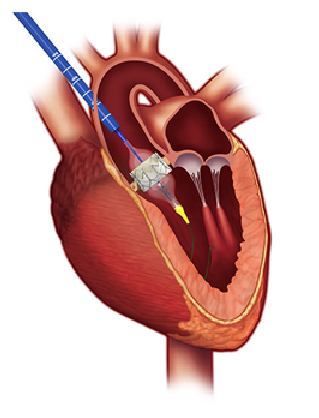
Transaortic
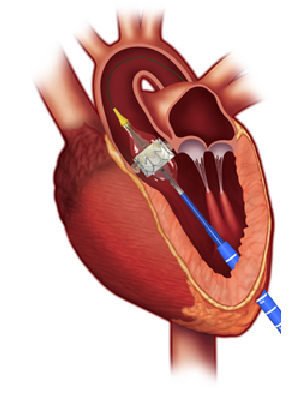
Transapical
